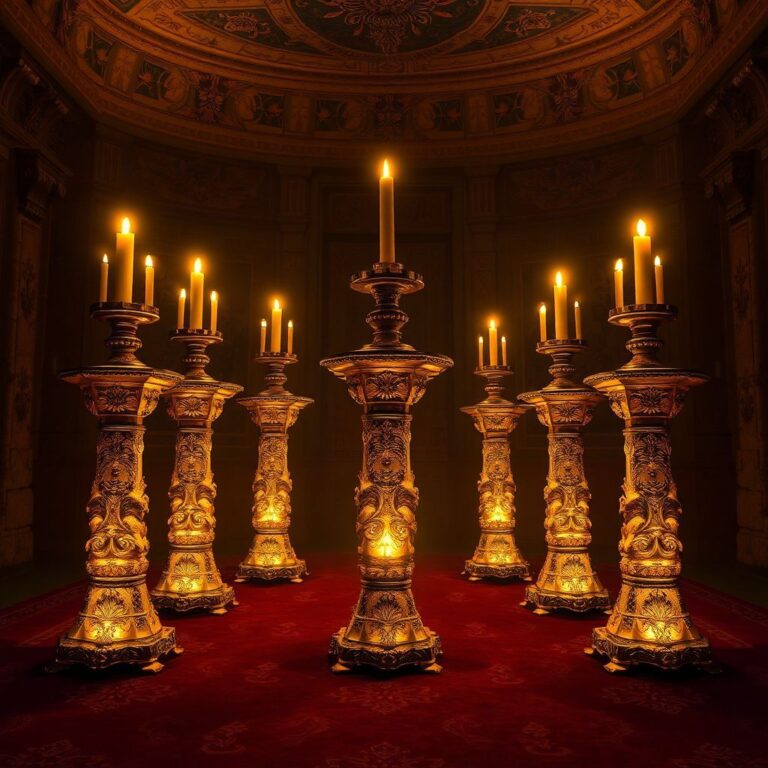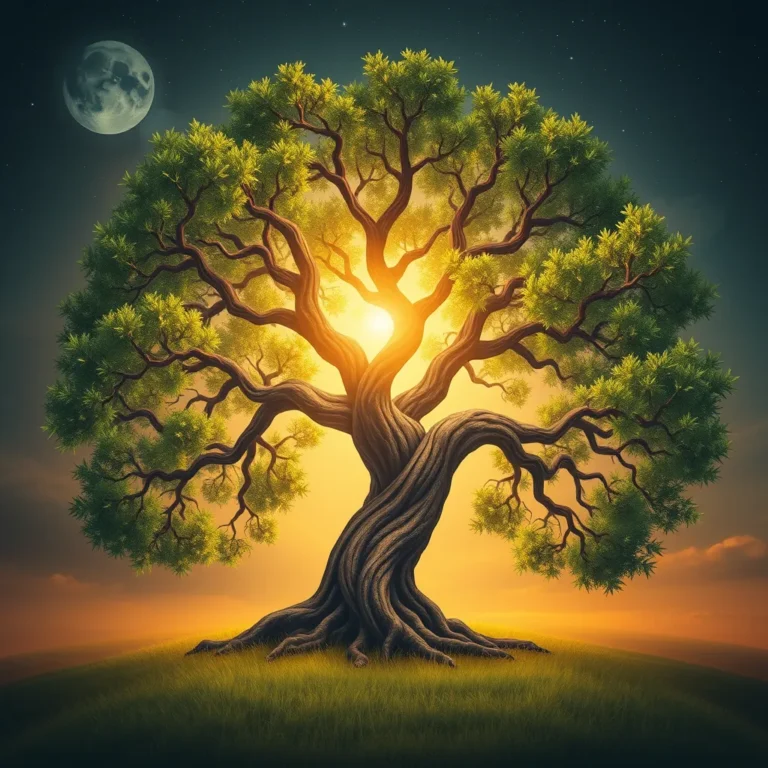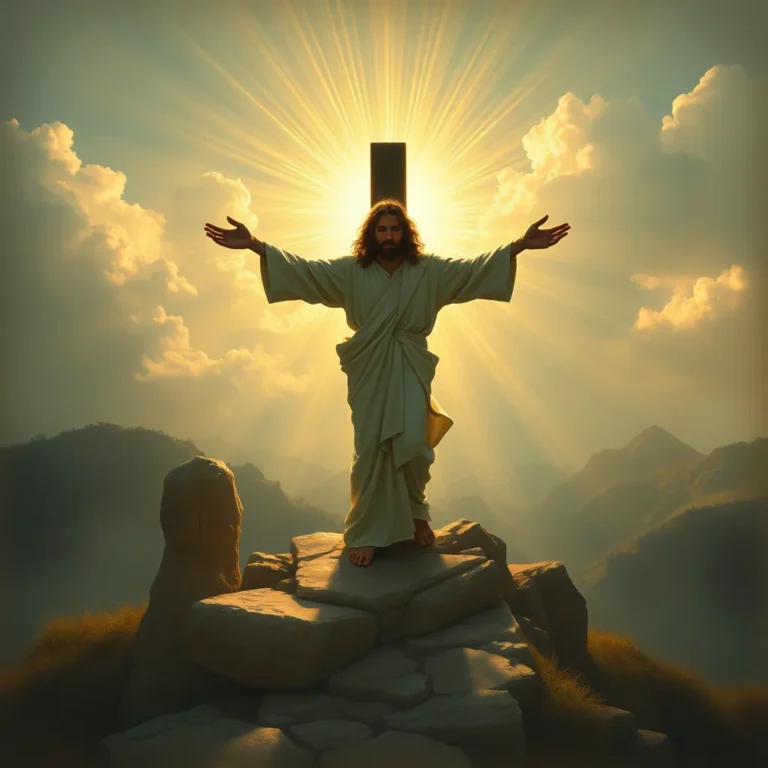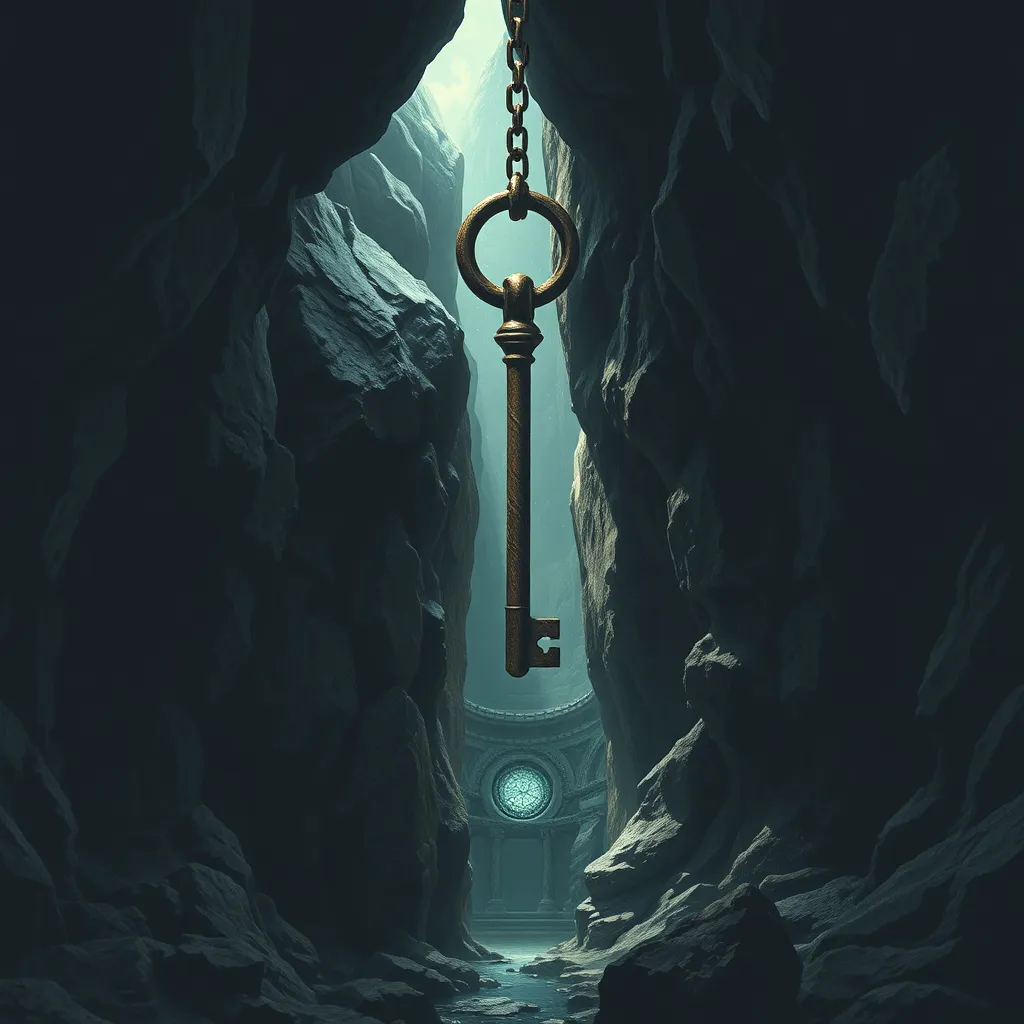
The majority of Jewish leaders in Judea became increasingly hostile to the followers of the Way1. This decaying relationship seemed to keep pace with the increasing severity of the Roman Empire, which cradled the province. John sees the results of this swift slide into spiritual denial of Christ in the sounding of the next three trumpets.

(*All Bible verses are from the NIV unless otherwise noted)
Chapter 9
1 The fifth angel sounded his trumpet, and I saw a star that had fallen from the sky to the earth. The star was given the key to the shaft of the Abyss.
2 When he opened the Abyss, smoke rose from it like the smoke from a gigantic furnace. The sun and sky were darkened by the smoke from the Abyss.
3 And out of the smoke locusts came down on the earth and were given power like that of scorpions of the earth.
4 They were told not to harm the grass of the earth or any plant or tree, but only those people who did not have the seal of God on their foreheads.
5 They were not allowed to kill them but only to torture them for five months. And the agony they suffered was like that of the sting of a scorpion when it strikes.
Rev 9:1
I saw a star that had fallen from the sky to the earth:
Review the discussion of Rev 2:28 and 8:10 concerning the “morning star” and its association with both Satan and Christ. In Chapter 2, the “Morning Star” refers to the illuminating light of Christ. The falling star in 8:10 and here has darker implications.
John refers to this fallen star using the pronoun “he” (v.2). Notice the similarities in the following verses:
Rev 8:10 The third angel sounded his trumpet, and a great star, blazing like a torch, fell from the sky on a third of the rivers and on the springs of water—
Rev 12:3-4 Then another sign appeared in heaven: an enormous red dragon with seven heads and ten horns and seven crowns on its heads. 4 Its tail swept a third of the stars out of the sky and flung them to the earth. The dragon stood in front of the woman who was about to give birth, so that it might devour her child the moment he was born.
Dan 8:10 It grew until it reached the host of the heavens, and it threw some of the starry host down to the earth and trampled on them.
Rev 9:1
The star was given the key to the shaft of the Abyss:
This “star” is given the “key to the shaft of the Abyss (ESV, KJV, bottomless pit).” John refers to this dark chasm seven times in his revelation (Rev 9:1-2, 11; 11:7; 17:8; 20:1-3).
The Greek word abussos is used here and means depthless, bottomless, deep pit2. The Hebrew for this dark place, shachath (shakh’-ath) means “the pit, hole, place of corruption, destruction” (e.g., Job 17:12-14). Other references to a pit or grave have different connotations:
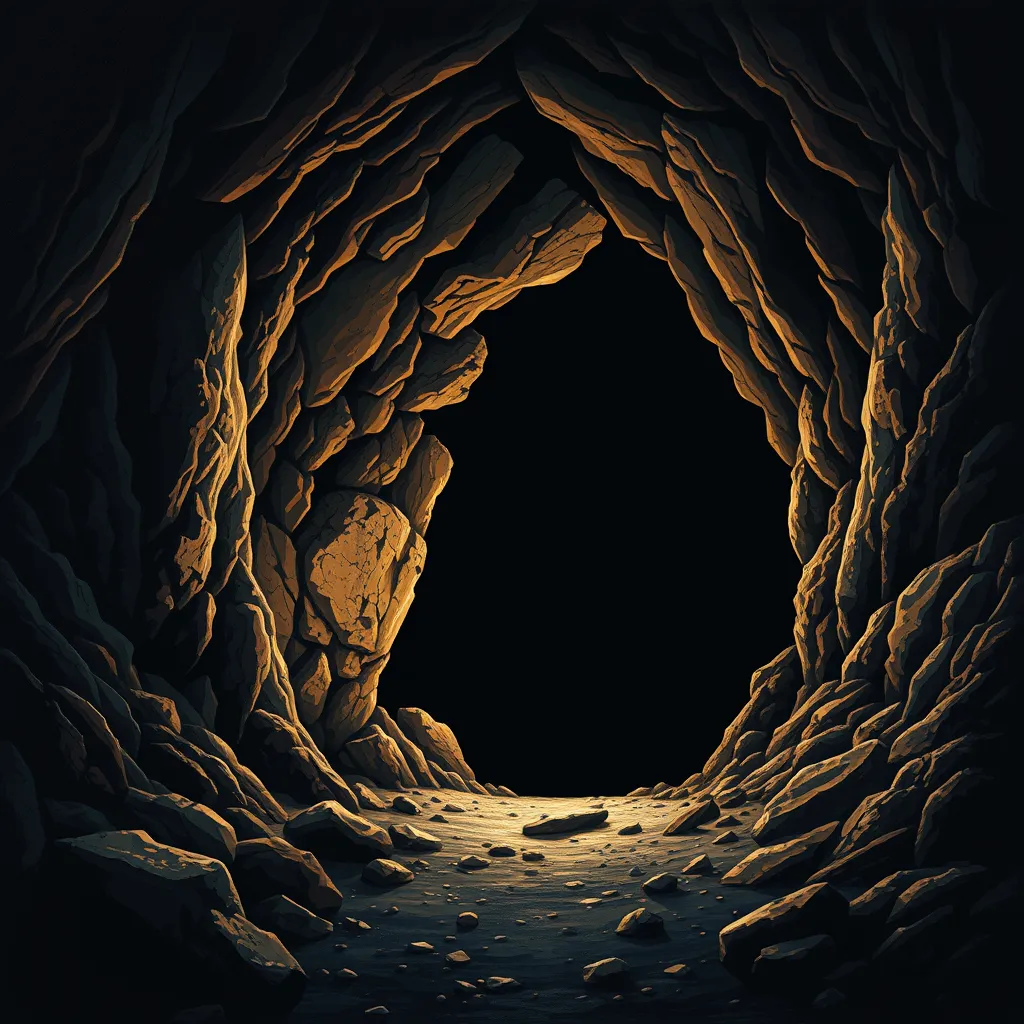
- Grave, tomb: The physical place of burial – Hebrew, qeber; Greek, mnemeion. (Num 19:16; John 20:6)
- Sheol: Hebrew, The abiding place of the dead – Greek, Hades. (Psa 6:5; Luke 10:15)
- Pit: A pit, ditch, or hole in the ground: Hebrew, bowr, Greek, bothunos. (Exod 21:33; Matt 12:11)
This great abyss that John is witnessing bears the markings of a dark place of spiritual death and destruction and is further identified as the dwelling place of the Enemy of God. Satan lives in lies, murder, and deception:
John 8:44 You belong to your father, the devil, and you want to carry out your father’s desires. He was a murderer from the beginning, not holding to the truth, for there is no truth in him. When he lies, he speaks his native language, for he is a liar and the father of lies.
Rev 9:11 They had as king over them the angel of the Abyss, whose name in Hebrew is Abaddon and in Greek is Apollyon (that is, Destroyer).
Rev 20:1 And I saw an angel coming down out of heaven, having the key to the Abyss and holding in his hand a great chain. 2 He seized the dragon, that ancient serpent, who is the devil, or Satan, and bound him for a thousand years. 3 He threw him into the Abyss, and locked and sealed it over him, to keep him from deceiving the nations anymore until the thousand years were ended…
Rev 9:2
When he opened the Abyss, smoke rose from it like the smoke from a gigantic furnace. The sun and sky were darkened by the smoke from the Abyss:

Thick smoke obscures sight and confuses the way. The prophets of the Bible recognized that there were spiritual forces at work in opposition to God’s ordered creation and goodness:
Eph 6:12 For our struggle is not against flesh and blood, but against the rulers, against the authorities, against the powers of this dark world and against the spiritual forces of evil in the heavenly realms.
The sun and sky being darkened is once again reminiscent of Old Testament prophecy:
Isa 13:10 The stars of heaven and their constellations will not show their light. The rising sun will be darkened and the moon will not give its light. 11 I will punish the world for its evil, the wicked for their sins. I will put an end to the arrogance of the haughty and will humble the pride of the ruthless.
Joel 3:13 Swing the sickle, for the harvest is ripe. Come, trample the grapes, for the winepress is full and the vats overflow— so great is their wickedness!” 14 Multitudes, multitudes in the valley of decision! For the day of the LORD is near in the valley of decision. 15 The sun and moon will be darkened, and the stars no longer shine.
The infant Church faced an up-swell of opposition and persecution, much of it coming from its own countrymen3. Even the Roman Empire, traditionally tolerant of local customs and religions, was caught up in a fury against what was, in reality, a peace-loving sect.
The Jewish leadership and militant factions of Judaism were intolerant not only towards Christians but also towards the Roman occupation of their country. This intense hatred eventually led to a boiling point as the province of Judea was engulfed by anger and rebellion. This disastrous situation climaxed in 66-73 AD when the entire province rose against the Empire.

Josephus, in his history of the Jewish Wars, describes the hellish scene in Judea, particularly in Jerusalem, where reason and decency gave way to demonic insanity.
As rebellion spread and Roman legions marched toward the city, opposing factions began fighting each other within the city. The frenzied population, listening to fiery speeches of faction leaders, aligned themselves with one group or another, calling them saviors and prophets.
Josephus describes in painful detail the desperate and crazed riots for food, the mass murders, executions, and suicides, fathers slaughtering their own families, and mothers eating their own babies (Jewish Wars, Book 5). Contrast that billowing dark cloud of destruction with the sweet aroma of incense rising before God as the prayers of the saints.
The eternal principles are apparent. What invariably happens when countries crumble into civil war, when factions fight against factions, when dictators rule, and lawless mobs roam the streets – when darkness rules rather than light?
Rev 9:3
And out of the smoke locusts came down on the earth:
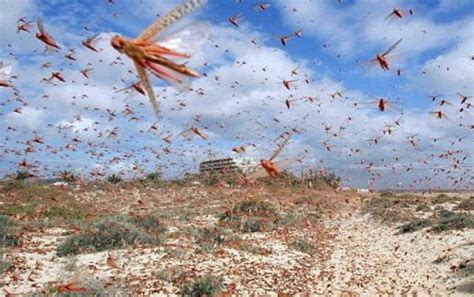
This vision of locusts is another echo from Exodus and the plagues against Egypt (Ex 10:13-14). Locusts are a type of large grasshopper that can be found on almost every continent in the world. Their tendency to gather in massive swarms and cause huge destruction of vegetation and crops is legendary.
A swarm of locusts can grow from a small group to thousands, millions, or even billions4. Some of the most devastating are the desert locusts, which can swarm and strip an entire region of foliage5.
The following verses are examples of how Old Testament writers used the image of locusts to illustrate huge numbers and widespread destruction:
Judg 6:5 They came up with their livestock and their tents like swarms of locusts. It was impossible to count them or their camels; they invaded the land to ravage it.
Nah 3:15 15 There the fire will consume you; the sword will cut you down—they will devour you like a swarm of locusts. Multiply like grasshoppers, multiply like locusts!
Joel 1:4 What the locust swarm has left the great locusts have eaten; what the great locusts have left the young locusts have eaten; what the young locusts have left other locusts have eaten.
Rev 9:3
And were given power like that of scorpions of the earth:
Scorpions are rarely lethal but can be a stinging, blistering torment. Added to the image of impending widespread destruction, John sees the painful effects that these disasters will have on those who rebel against God and persecute His children.
1Kgs 12:11 My father laid on you a heavy yoke; I will make it even heavier. My father scourged you with whips; I will scourge you with scorpions.’ ”

Ezek 2:6 And you, son of man, do not be afraid of them or their words. Do not be afraid, though briers and thorns are all around you and you live among scorpions. Do not be afraid of what they say or be terrified by them, though they are a rebellious people.
In the “little apocalypse” of Matt 24:3-28, Jesus warns his disciples about the coming flood of tribulations that would soon plague the Roman world. As discussed earlier, Gnostic5 teachings began plaguing the Church from within, while persecution attacked from without. Gnostic theology was a heady mixture of Christian doctrine, Greek philosophy, and oriental mysticism. Believers not grounded enough in their faith were caught up in this enticingly mysterious sect and led astray:
Mark 4:15 Some people are like seed along the path, where the word is sown. As soon as they hear it, Satan comes and takes away the word that was sown in them. Others, like seed sown on rocky places, hear the word and at once receive it with joy. 17 But since they have no root, they last only a short time. When trouble or persecution comes because of the word, they quickly fall away.
John’s Gospel and letters contain powerful statements refuting Gnostic claims that Jesus only appeared to come in the flesh, of good and bad gods and pantheons of belligerent spirit beings6.
Rev 9:4
They were told not to harm the grass of the earth or any plant or tree, but only those people who did not have the seal of God on their foreheads:

Grass and trees are apt similes for people, growing and flourishing, yet easily trimmed, cut down, and thrown into the fire:
2Kgs 19:26 Their people, drained of power, are dismayed and put to shame. They are like plants in the field, like tender green shoots, like grass sprouting on the roof, scorched before it grows up.
Isa 40:6 A voice says, “Cry out.” And I said, “What shall I cry?” “All people are like grass, and all their faithfulness is like the flowers of the field.
Matt 6:30 If that is how God clothes the grass of the field, which is here today and tomorrow is thrown into the fire, will he not much more clothe you—you of little faith?
Literal locusts naturally target plants, grass, and trees. But John’s “locusts” are not to harm this “vegetation”, only those people who weren’t sealed to God. Notice that similar instructions were given to the angels earlier in the vision:
Rev 7:3 “Do not harm the land or the sea or the trees until we put a seal on the foreheads of the servants of our God.”
We know from scripture and history that millions of believers have endured, and still suffer, harassment, arrest, and sometimes death at the hands of persecutors. So, this statement can’t mean that believers will never be physically harmed. So, what does it mean for God’s children to be kept safe from those evils rising from the Abyss?
Matt 16:18 And I tell you that you are Peter, and on this rock I will build my church, and the gates of Hades will not overcome it.
John 10:27 My sheep listen to my voice; I know them, and they follow me. 28 I give them eternal life, and they shall never perish; no one will snatch them out of my hand.
Review the significance of God’s seal on His people (Rev 7:2-3). The Lord won’t allow evil kingdoms and rulers to stand forever. In His timing, they will face judgment and collapse. Only those with deep faith in Christ will be safe from the demonic attacks issuing from the abyss:
Matt 16:18 And I tell you that you are Peter, and on this rock I will build my church, and the gates of Hades will not overcome it.
Mark 6:7 Calling the Twelve to him, he began to send them out two by two and gave them authority over impure spirits.
Luke 10:17-19 The seventy-two returned with joy and said, “Lord, even the demons submit to us in your name.” 18He replied, “I saw Satan fall like lightning from heaven. 19I have given you authority to trample on snakes and scorpions and to overcome all the power of the enemy; nothing will harm you.
Rev 9:5
They were not allowed to kill them but only to torture them for five months:
Once again, it’s necessary to distinguish between literal and symbolic expressions of numbers:
Literal
Ezra 7:9 He had begun his journey from Babylon on the first day of the first month, and he arrived in Jerusalem on the first day of the fifth month, for the gracious hand of his God was on him.
Ezek 31:1 In the eleventh year, in the third month on the first day, the word of the LORD came to me:
Symbolic
Dan 9:24 “Seventy ‘sevens’ are decreed for your people and your holy city to finish transgression, to put an end to sin, to atone for wickedness, to bring in everlasting righteousness, to seal up vision and prophecy and to anoint the Most Holy Place.
Dan 12:11 “From the time that the daily sacrifice is abolished and the abomination that causes desolation is set up, there will be 1,290 days.
“Half an hour” suggests a brief period of time. The Greek used here – ἡμιώριον hēmiōrion – doesn’t occur anywhere else in the New Testament. Some commentators suppose that the silence is merely for effect and has no special significance. Others apply the short period to the awful calm following the destruction of Jerusalem. Still others regard the silence as a symbol of peace for the Church that followed the liberties granted by Constantine (from A.D. 323 to A.D. 337).
In any case, the expression “for half an hour” symbolizes a short period of time known only by God in which to accomplish His purposes, somewhat like the “five months” of verses 5-10 and the “time, times, and half a time” of Rev 12:14.
Barnes’ Notes on the Bible aptly states: Nothing would be more natural than such a state of solemn awe on such an occasion; nothing would introduce the opening of the seal in a more impressive manner; nothing would more naturally express the anxiety of the church, the probable feelings of the pious on the opening of these successive seals, than the representation that incense, accompanied with their prayers, was continually offered in heaven7.
Research has found that locusts typically live anywhere between three and five months and that this roughly corresponds to the length of time they swarm and strip a region8. Locusts themselves don’t kill animals, and the sting of scorpions isn’t usually fatal, but they can leave misery and pain in their wake.
Many writers try to assign the locust and scorpion images to specific historical events. There are dozens that could fit within those parameters, offering no unity of agreement.
But eternal principles continue to apply. Judea and Rome suffered, as does any nation that rises up in opposition to God. Jerusalem was decimated. For centuries the mighty Roman Empire had subjugated independent kingdoms. Rome ruled with an iron hand, and while it brought order and progress to a vast territory, millions suffered through wars and slavery.
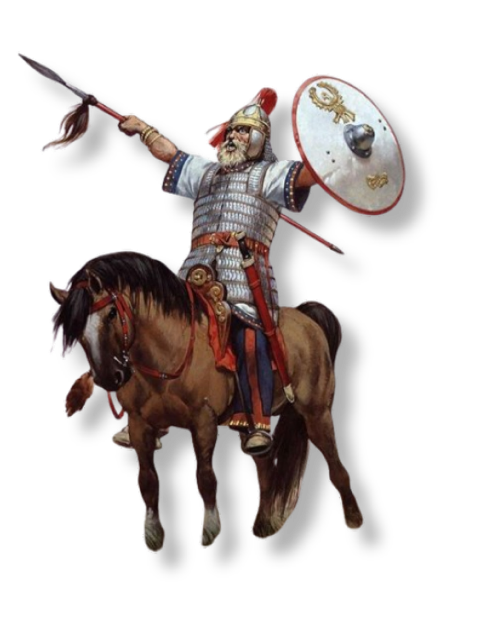
The Germanic invasions slowly crumbled the Empire – harassed, tormented, and destabilized it for centuries.
Neither the Roman Empire nor the Jewish people were completely destroyed, but they suffered terribly for a period of time. The last true Roman Emperor was deposed in 476 AD by a Germanic warrior and statesman, Odoacer.
For the next several centuries, kings and religious leaders longed for the return of the golden age of Rome and the peace and prosperity they thought it offered. But the Empire never completely recovered.
Jews longed to return to Jerusalem and an independent homeland, but that return remained only a hope for almost two thousand years.
Footnotes
- Luke 23:1, 23:35, 24:20; Acts 4:13-18, 14:5-6, 6:51-60. ↩︎
- Abyss: Strong’s G12. ↩︎
- Acts 4:17-18, Acts 7:59-60, Acts 12:1-2, Acts 13:45-60, Acts 14:2-5, Acts 14:19, Acts 17:5-7 ↩︎
- Greg Uyeno, Live Science, What are locusts and why do they swarm? Published August 25, 2020, https://www.livescience.com/locusts.html, accessed Feb. 10, 2024 ↩︎
- Ibid. ↩︎
- Gnosticism: Notes on Chapter 2:2. ↩︎
- Jn 1:1, 9, 14, 11:25, 20:27, 1 Jn 2:18-22, 26, 1 Jn 5:6-8, 2 Jn 1:7. ↩︎
- Barnes Notes on the Bible: Revelation 9. A comprehensive collection of Barnes‘ commentaries on the Old and New Testament books, with biographical and historical information. Albert Barnes (1798-1870) was a Presbyterian theologian. ↩︎
- Justine Harrington, Hunker, Life Cycle of Locusts, Updated Feb 10, 2022, https://www.hunker.com/12330606/life-cycle-of-locusts, retrieved Feb. 10, 2024. ↩︎
*All Scripture quotations, unless otherwise indicated, are taken from the Holy Bible, New International Version®, NIV®. Copyright ©1973, 1978, 1984, 2011 by Biblica, Inc.™ Used by permission of Zondervan. All rights reserved worldwide. www.zondervan.comThe “NIV” and “New International Version” are trademarks registered in the United States Patent and Trademark Office by Biblica, Inc.™


